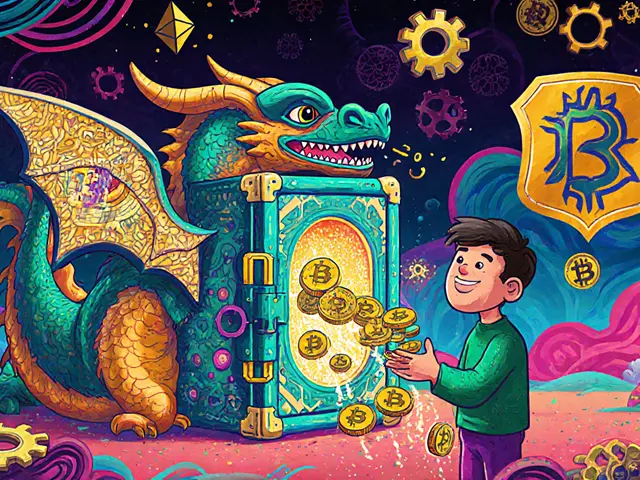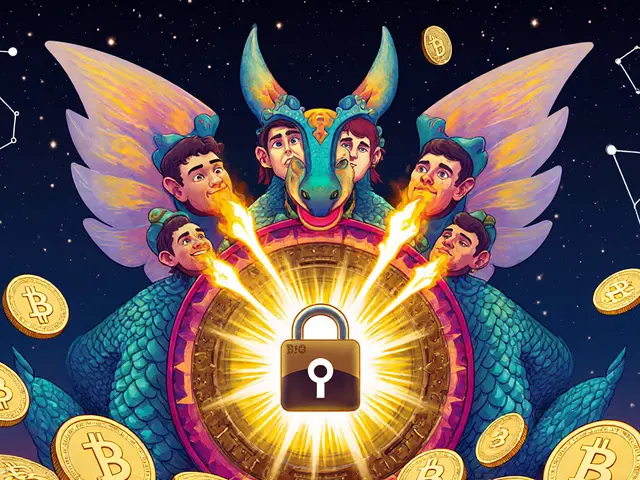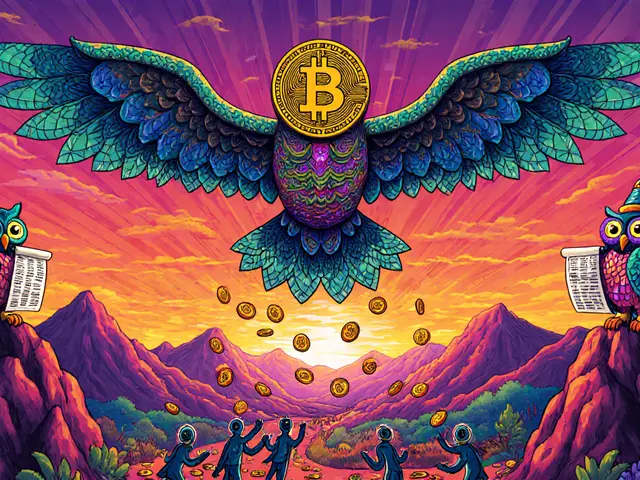Blockchain Consensus Mechanisms: How Networks Agree on Truth Without Central Control
When you send Bitcoin or swap tokens on a decentralized exchange, no bank approves it. No government validates it. Instead, a network of strangers across the world blockchain consensus mechanisms, rules that let distributed computers agree on the state of a ledger without a central authority. Also known as distributed agreement protocols, these systems are the invisible glue holding crypto networks together. Without them, double-spending, fraud, and chaos would be normal. With them, millions of transactions happen daily, verified by code, not people.
There are many ways to reach agreement. Proof of Work, the original method used by Bitcoin, where miners compete to solve complex math puzzles using massive amounts of electricity. It’s secure but energy-heavy—something you’ll see discussed in posts about Bitcoin’s carbon footprint and Ethereum’s switch away from it. Then there’s Proof of Stake, a leaner alternative where validators are chosen based on how much crypto they lock up, not how much power they use. This is what Ethereum adopted after its Merge, cutting energy use by over 99%. Other methods like Byzantine Fault Tolerance, a family of protocols that can tolerate malicious nodes as long as most participants are honest power many enterprise blockchains and public chains like Solana and Binance Smart Chain. These aren’t just theory—they’re the backbone of the exchanges and tokens you interact with daily.
Consensus isn’t just about security. It shapes who controls the network, how fast transactions go through, and whether the system can scale. A chain using Proof of Work needs expensive hardware and big mining farms. One using Proof of Stake lets anyone with a few tokens become a validator. Some chains even mix ideas—like using Proof of Authority for speed or Proof of Attendance for community engagement, as seen in POAPs. The posts below cover real examples: how voting systems use consensus to prevent fraud, how mining laws in Russia and Indonesia affect which mechanisms survive, and why failed tokens like FLY or BSL often had weak or abandoned consensus designs. You’ll also see how regulation, like MiCA in Europe, pushes projects toward transparent, auditable consensus rules. This isn’t abstract tech—it’s the foundation of every secure, trustless transaction you make.










